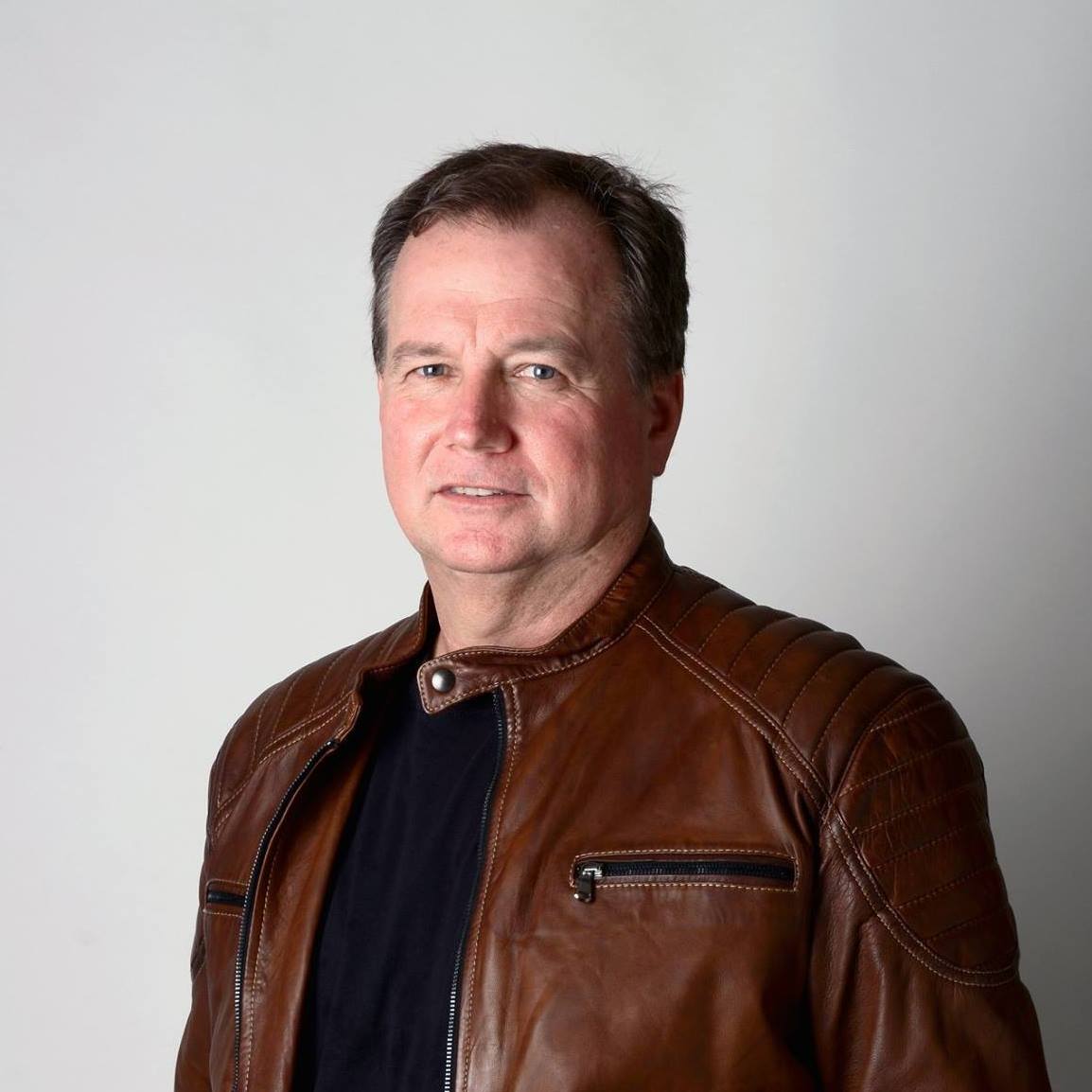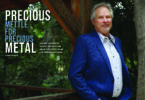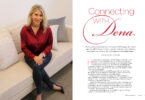How to leverage your own “secret sauce” to get more clients, increase your billings, and become a recognized expert in your field!
Ask someone if they know a good Italian restaurant or a great pizza place. You will likely hear something like, “Oh, go to Luigi’s down on Grand Avenue. They make the BEST pizza.”
Tell someone you are having trouble with pain in your knee, and you might have them say, “I used to have knee problems, I tried lots of doctors, but I found Dr. Johnson at Cedars. I was all set to quit tennis, but he treated me and now I play twice a week.”
Mention you are shopping for a new car, and you someone might volunteer, “Oh, don’t go to City Motors. They were terrible when we went there.”
These are all examples of the power of a brand. Create a great product or service, one that people love, and they will help promote your brand for you. But it works the other way to—sell a bad product or provide bad service, and that becomes a part of your brand.
SO, WHAT IS A BRAND?
Very simply, a brand is everything about a product or brand. Traditionally it starts with a logo, typefaces, colors, maybe a slogan. But in the modern era of marketing, it means a lot more. It begins with those same attributes, and the things the brand says about itself. More importantly, today’s brands shift the emphasis to the consumer, and include all the things a consumer might know or think about a brand. A consumer’s perception of a brand has become the true basis of that brand.
Here’s an example everyone will know. BMW’s brand uses the slogan “The ultimate driving machine.” It’s what they say on their website, brochures, and in all their advertising and promotion. But if someone had a BMW that broke down, in that customer’s mind, it was NOT the ultimate driving machine!
So a brand begins with the “stuff”—logos, colors, jingles, etc. But it continues to grow (or decline) in the hearts and minds of customers.
WHAT IS A PERSONAL BRAND AND WHY IS IT IMPORTANT?
Just like a product, people can be brands. Steven Spielberg is known as a great director. Taylor Swift is a known as a great singer/songwriter and performer. Michael Jordan is known as one of the greatest basketball players of all time.
Well, professionals and advisors, we’re all brands as well. Some might be very specific and well known, while others are not as defined, and not as well known.
The more you are known, the more you are liked, and the more people understand who you are and what you do, the more valuable you become to potential customers and clients. Strong personal brands make it easier for clients to hire you or refer you to others.
When you develop your personal brand in positive ways, three important things happen:
- You become more well known—you are more seen and more recognizable for what you do;
- You add value—to your brand and to your customers;
- You are able to monetize your brand by increasing your rates.
Building a strong personal brand is one of the best things a professional advisor can do to build his or her practice and book of business.
HOW TO BUILD A PERSONAL BRAND
Three of the most powerful ways to build your brand include specialization, visible expertise, and reinforcing your brand with powerful marketing. Let’s look at each of these three ways to build your brand.
First, let’s talk about specialization. If we need a doctor, nine times out of ten we want a specialist, not a generalist. The more serious the issue, the more we want (and need) a specialist. Many professional fear specialization, thinking that a long laundry-list of practice areas will bring more business. Unfortunately, not specialized is a quick way to being special to no one.
I developed a concept of the “Strategic Sweetspot.” Finding your strategic sweetspot is a great way of specializing. Here’s the formula I use when consulting with professional and business advisors. 1) determine what you do really well, 2) determine what your competitors don’t do well, and 3) identify what your customers and clients really want and need. The intersection of those three things is your sweetspot. It’s also the place you are most likely to be seen as a specialist and valued for your work. In practice, when done properly, it’s a license to really boost your business development.
Here’s an example. Let’s say you are a wealth manager. Instead of simply saying you manage people wealth, you might say, “I’m a wealth manager focusing on families and individuals in their pre-retirement years.” It says what you do, specifically, and how you do it for.
In terms of visible expertise, there are three typical ways of achieving this. They are public speaking, publishing, and teaching. While doing these does not make you an expert, each of these positions you as an expert. People will perceive you as an expert. And as famous quote states, perception is reality.
Public speaking works very well, but it requires time, effort, and investment. It can be hard to control when and where you can speak. That’s usually handled by groups seeking speakers. Business groups, college classes, conferences, and community organizations are a few of the easiest public speaking opportunities.
Teaching is another way, but again, it takes time to do, but worse, it often takes a lot of time to line up teaching assignments.
Arguably the best way to reinforce your brand with powerful marketing is to publish. What do I mean by that? Write. Blogs, articles, social media posts, news releases, and books are just a few of the ways you can get the ball rolling. And the great thing is, you determine your time involvement. A great way we recommend to clients is to start with blogs on two or three topics around your area of expertise. Blog several times on each topic, and then gauge the response. Use social media to promote the blog posts. In time, choose the more popular blog and social media posts and assemble them into a longer piece, such as an article for a business or trade journal, or even a book. We’ve worked with clients who have written weekly blog and social media posts, which, but the end of a year, became the material for a book to publish.
LEVERAGE YOUR THREE L’s
Finally, as you work on developing your own personal (professional) brand, know that a brand is manifested in what we call “Your 3 L’s.” This includes your look, your language, and the way you live your brand. Everything you do as a professional either builds or hurts your brand, so be very aware of these three L’s.
Your look can be as simple as the clothes you wear, such as suits, colors, unique ties, cool shoes, etc. But it also refers to where you are seen. Are you seen at networking events, at conferences, or in interviews by the press?
The language you use refers less to say English versus a foreign language (though it can include foreign language). It’s more about your style of speech. Are you friendly or professorial? Do you use slang, or jargon, or technical words? Do you talk animatedly?
And how you live your brand is just that, how you act as a professional. Are you accessible? Is your firm “client friendly?” Are you prompt with work delivery? Do you return phone calls quickly? Do you spend adequate time with clients explaining things?
FINAL THOUGHTS
A great first step is to identify your strategic sweetspot, and then to begin building upon that. If you have trouble finding that sweetspot, there’s a simple way jumpstart your thinking: ask co-workers, referral sources, and even clients. They’ll tell you how you are perceived and what your perceived strengths (and weaknesses) are.
Once you find that sweetspot, and you begin promoting it, lean in. Don’t give up easily. Great brands aren’t built in days or weeks, but rather in months or years. The payoff of a powerful brand is there, and just like a wise financial investment, done properly, it will continue to grow in value over time.










Leave a Comment